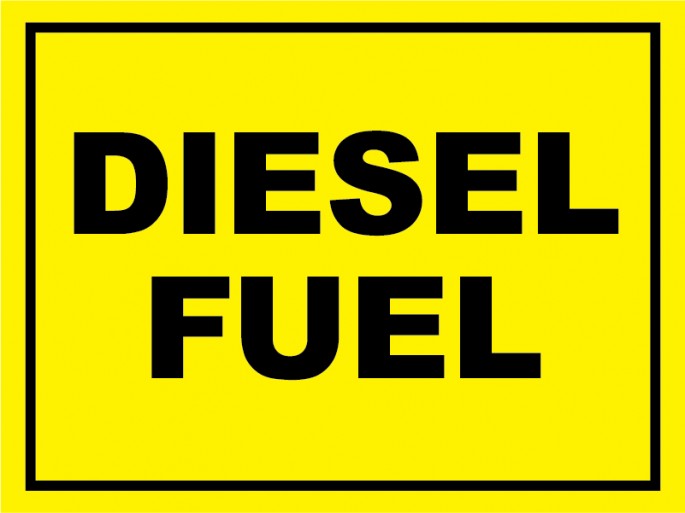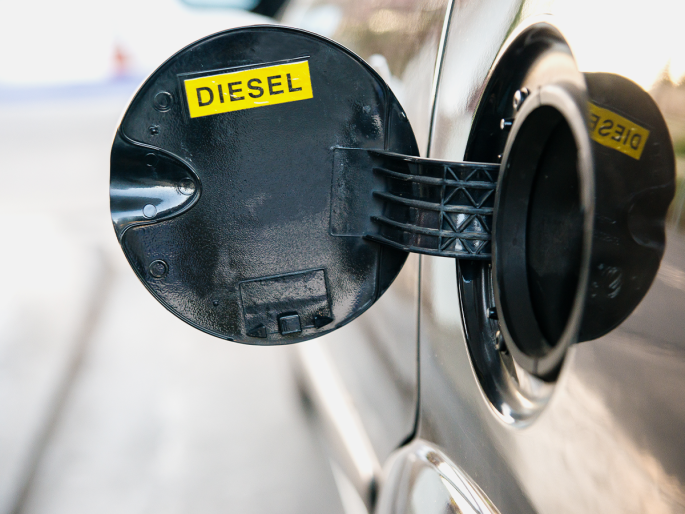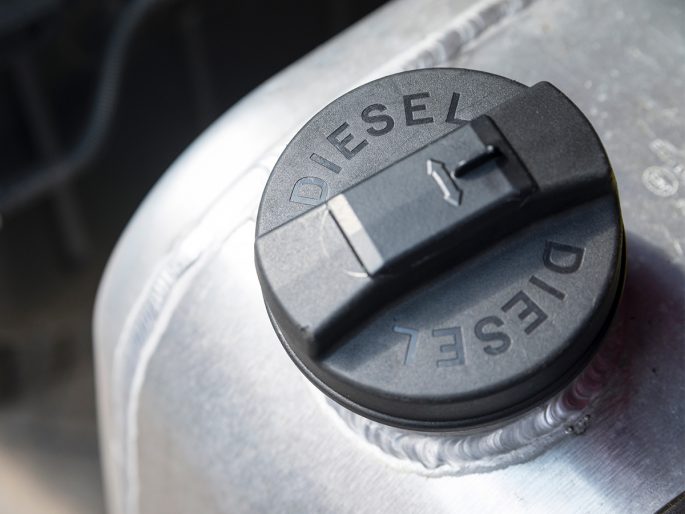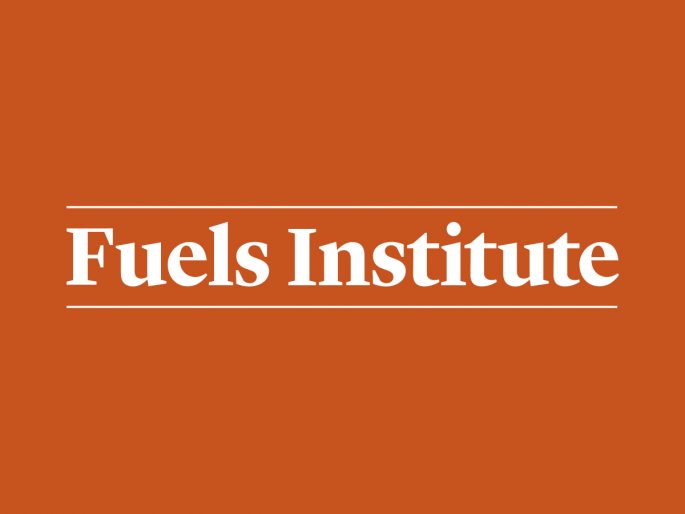Although demand for diesel in the heavy-duty market is projected to decrease in the next several years, the fuel is gaining traction as a gasoline alternative with consumers.
In the United States, sales of diesel-powered cars has risen modestly in recent years, but are expected to grow significantly in the next five years. At the 2014 NACS Show, Allen Schaeffer, the Executive Director of the Diesel Technology Forum, estimated that diesel automotive sales could comprise 10% of all vehicle sales by 2020, with automakers offering 60 diesel models by 2017.
A recent Fuels Institute report cited that diesel sales of light-duty vehicles are expected to increase significantly, from a 4% market share in 2010 to a 10% share in 2020 and up to a 14% share in 2030. As such, diesel demand for domestic light-duty vehicles is expected to more than triple by 2030.
Diesel has transformed to deliver substantially reduced emissions, a sticking point for eco-conscious consumers. Although motorists have been hesitant to pay a higher price-per-gallon for diesel, they may soon gravitate toward diesel’s high fuel economy, which is almost 30% more efficient than gasoline. And unlike other fuel alternatives, diesel delivers the automotive performance that consumers are accustomed to.
During the Environmental Protection Agency’s (EPA) 2014 Vehicle Technology Showcase earlier this year, Schaeffer reported that more than 50% of fuel stations in the U.S. have diesel pumps, with more being added every week. From a fuel retailer’s perspective, there are many advantages to a surge in the retail-diesel market. Unlike some alternative fuels such as compressed natural gas (CNG) or hydrogen, a proven infrastructure for distributing diesel already exists.
Additionally, more retailers are incorporating diesel into the main pump islands as strategic adjustments to underground tanks create new storage opportunities on the forecourt. Many retailers, for example, have reconfigured their underground fuel-storage tanks to meet stronger regulations or have included blender pumps to mix a mid-grade octane, which makes a third tank available to store a new fuel.
Fuel retailers who prepare now to pump more diesel, could position themselves to capitalize on this potential growth market. To learn more about diesel fuel applications, please contact your Source representative or call (800) 572-5578.
To learn more about consumer trends in alternative-vehicle models, check out this Alternative Fuels Data Center graph.




